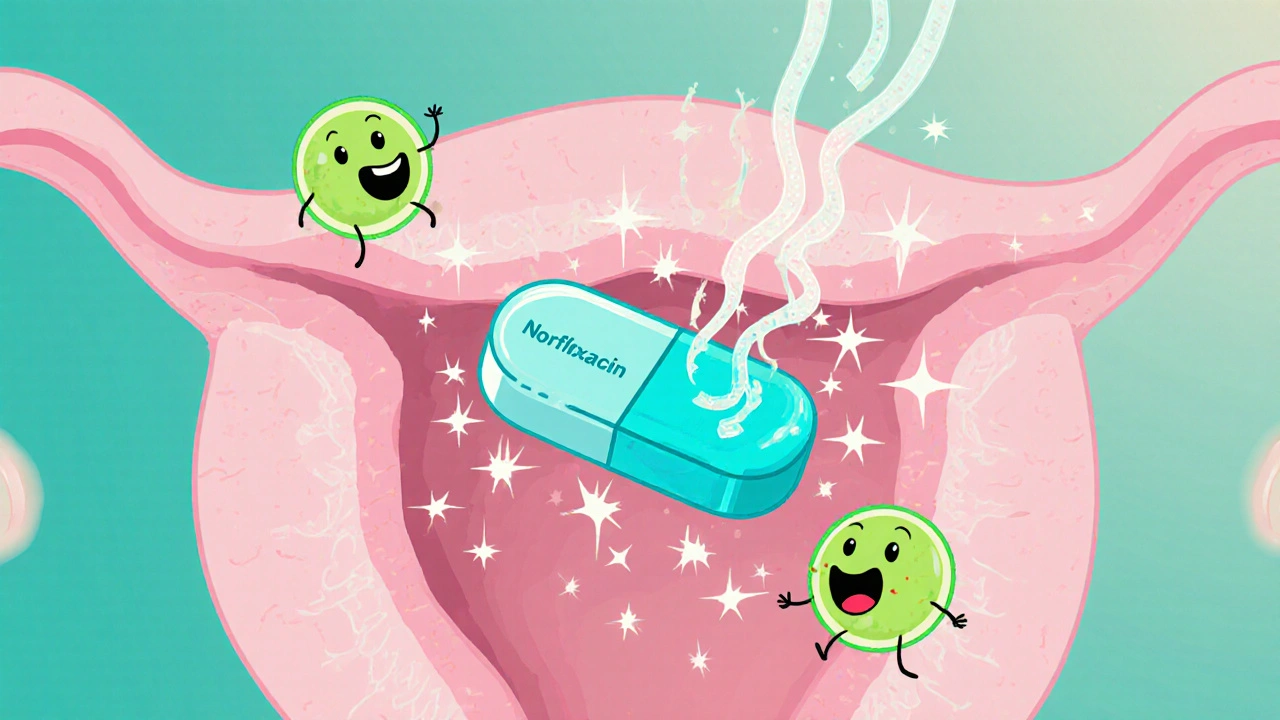UTI Treatment
When dealing with UTI treatment, the process of managing a urinary tract infection (UTI) with medication, lifestyle tweaks, and symptom relief. Also known as urinary infection therapy, it aims to eliminate bacteria, reduce discomfort, and prevent recurrence. The same care often involves antibiotics, drugs that target the bacteria causing the infection and a clear understanding of the urinary tract infection, an infection anywhere from the kidneys to the urethra. Together, these elements form the core of effective UTI treatment strategies.
Choosing the Right Antibiotic and Diagnosis
The first step in any UTI treatment plan is an accurate diagnosis. A simple urine test tells the doctor which bacteria are present, allowing selection of the most suitable antibiotic. Common choices include trimethoprim‑sulfamethoxazole, nitrofurantoin, and fluoroquinolones. Each drug has its own spectrum, dosing schedule, and side‑effect profile, so matching the antibiotic to the pathogen improves cure rates and lowers resistance risk. In practice, doctors weigh factors like kidney function, pregnancy status, and previous antibiotic exposure before writing the prescription.
Beyond the pill, symptom management matters. Over‑the‑counter pain relievers such as ibuprofen or acetaminophen ease flank or pelvic pain, while a warm compress can soothe muscle cramps. Staying hydrated helps flush bacteria out of the urinary system, and avoiding bladder irritants—caffeine, alcohol, and spicy foods—reduces urgency. When the infection involves the bladder lining specifically, the condition is called cystitis, inflammation of the bladder that often produces burning during urination. Cystitis follows the same treatment principles but may require a longer antibiotic course and extra attention to fluid intake.
Prevention rounds out a comprehensive UTI treatment approach. Simple habits like urinating after sexual activity, wiping front to back, and emptying the bladder regularly cut down on bacterial buildup. For people prone to repeated infections, low‑dose antibiotics taken after intercourse or a single daily dose for several months can keep bacteria at bay. Probiotics and cranberry products are popular, but evidence shows they work best when combined with the core strategies of proper hygiene and timely medical care.
Below you’ll find a curated list of articles that dive deeper into each of these topics—antibiotic choices, cystitis specifics, pain‑relief options, and long‑term prevention tips. Whether you’re looking for quick relief or a plan to avoid future bouts, the resources here give you practical steps you can act on right away.
Norfloxacin for Bacterial Infections: Uses, Dosage, and Risks
Explore Norfloxacin's role in bacterial infections-uses, dosage, resistance, side effects, and practical tips for safe prescribing.

